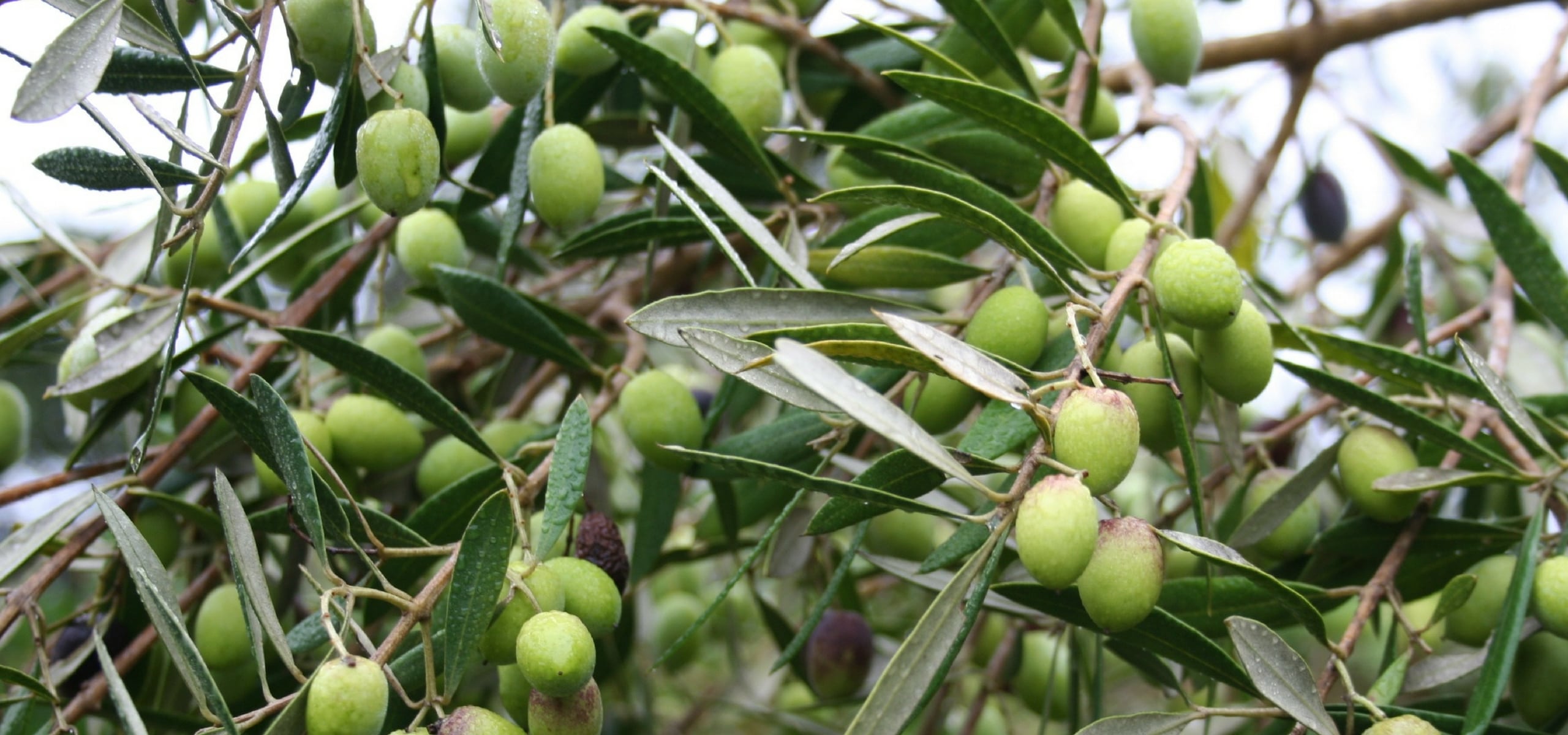
Planting olive trees
in the ground or in a pot
Contents
Olive trees are long-lived trees, typical of the Mediterranean landscape. However, they are grown throughout France for their ornamental value, either in the ground in regions with mild winters (temperatures not dropping below -15°C) or in pots to be sheltered during winter in colder climates and in areas where the soil becomes waterlogged in winter. Indeed, the olive tree is hardy but does not tolerate excess water.
Where to plant the olive tree?
In the garden, choose a sunny spot sheltered from prevailing winds. Prefer locations where water does not stagnate as the olive tree fears excess moisture.
Drought-resistant, it is not demanding regarding the nature of the soil and can thrive in poor, stony soil.
For pot cultivation, place the olive tree outdoors in a sunny, sheltered spot and then store it in winter in a cool, bright location. Furthermore, if you wish to harvest olives in a warm region, consider the characteristics of the varieties: some olive trees are self-fertile and can be planted alone, while others require the presence of another olive tree nearby to ensure good pollination.
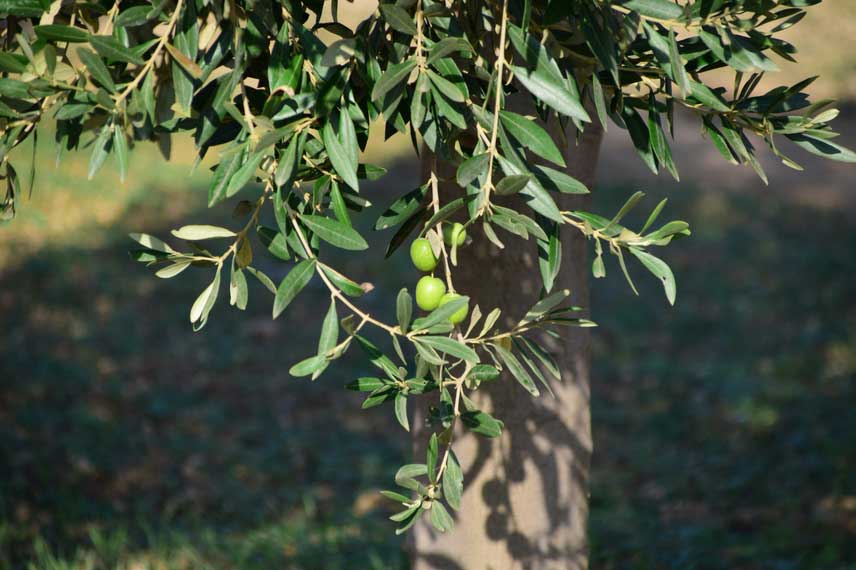
In what type of soil?
Olive trees thrive in all types of soil, particularly in poor, stony, and calcareous soils. It can be planted in slightly heavy soil as long as it is well-drained.
For pot cultivation, choose a suitable substrate, “special Mediterranean plant” or a good general-purpose compost to which you will add a bit of sand. The pot must have drainage holes!
Discover other Olive trees
View all →Available in 1 sizes
Available in 6 sizes
Available in 1 sizes
Available in 2 sizes
Available in 1 sizes
Available in 1 sizes
Available in 1 sizes
Available in 1 sizes
Available in 1 sizes
Available in 1 sizes
When and how to plant an olive tree?
When to plant the Olive tree?
The planting of the Olive tree ideally takes place in spring. Container-grown plants can be planted all year round, except during periods of extreme heat or frost.
How to plant the Olive tree?
Whether planting in the ground or in a pot, it is advisable to soak the root ball in water for a few moments before planting and to remove, if necessary, the lower branches just above the root ball.
- In the ground: using a spade, dig a hole (approximately three times the volume of the root ball) and then place a layer of gravel or pumice at the bottom of the planting hole. Add a mixture of soil, potting soil (or compost) and sand. The amount of sand and the height of the gravel layer should be adjusted according to the moisture of your soil. Install a stake. Place the plant, cover with soil, and firm down well. Tie the stake to the plant, crossing the tie in an 8 shape, so that the stake does not touch the trunk. Form a basin around the base and water generously. Watering should be regular during the first year and will mainly occur in summer thereafter. Before the first frosts, protect the Olive tree with a winter cover and add a thick layer of mulch at the base.
- In a pot: choose a pot 2 to 3 times larger than the volume of the root ball. Place a layer of gravel or clay balls at the bottom to facilitate drainage. Fill the pot with a mixture of potting soil, garden soil, and a little sand. Place the plant and cover with soil. Water generously at planting and then very regularly, ensuring no water stagnates in the saucer. Store the pot from October to March in a bright location and place it outside as soon as temperatures allow, in a sunny and sheltered spot. Repot the olive tree every 3 years or so, or perform a top dressing (which involves removing the top layer of soil from the pot by scraping about 5 cm and replacing it with fresh potting soil or well-decomposed compost) for older or larger trees.
How to prune the Olive tree?
Pruning is carried out at the end of winter, around March. Using a branch cutter or pruning shear, remove dead branches and those that cross over or grow inwards, allowing air and light to circulate in the medium. Remove any suckers that appear at the base. In the Mediterranean region, if you wish to encourage olive production, prune every two years, knowing that olives will appear on the wood from the previous year.
- Subscribe!
- Contents































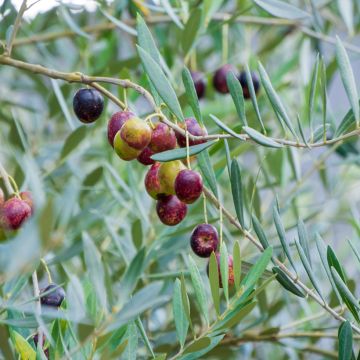
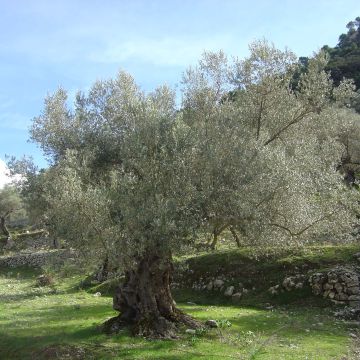
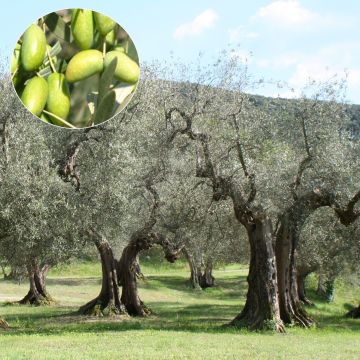
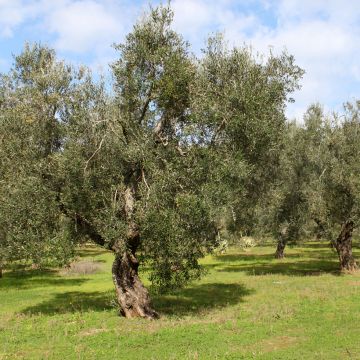
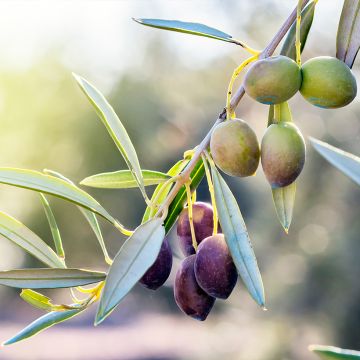
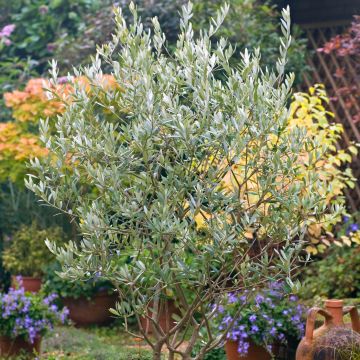
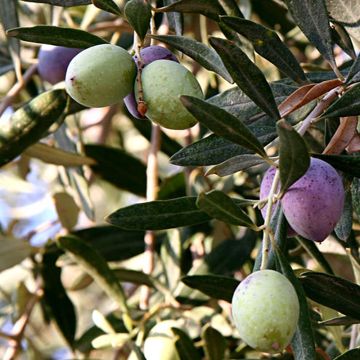
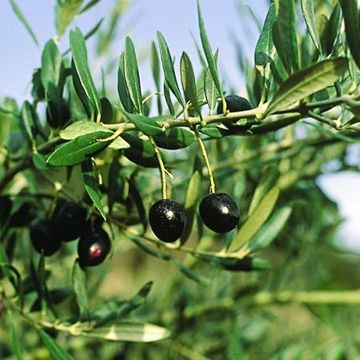
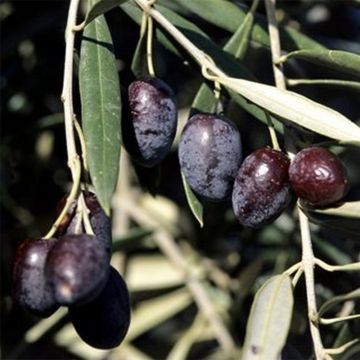
Comments